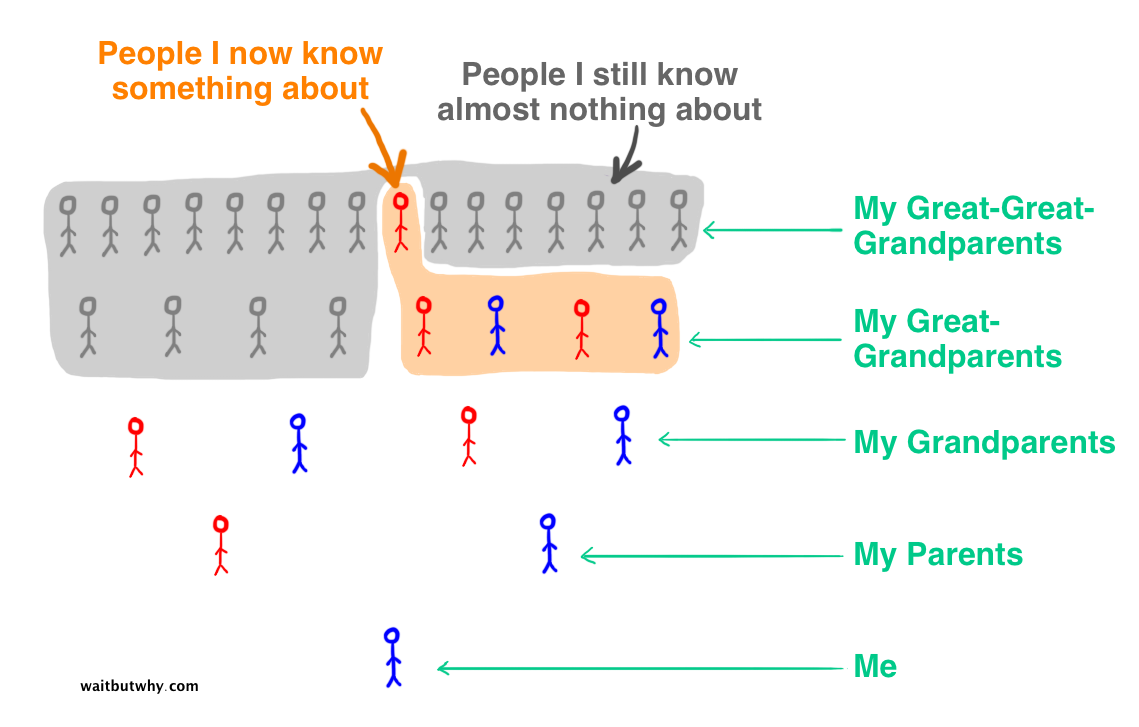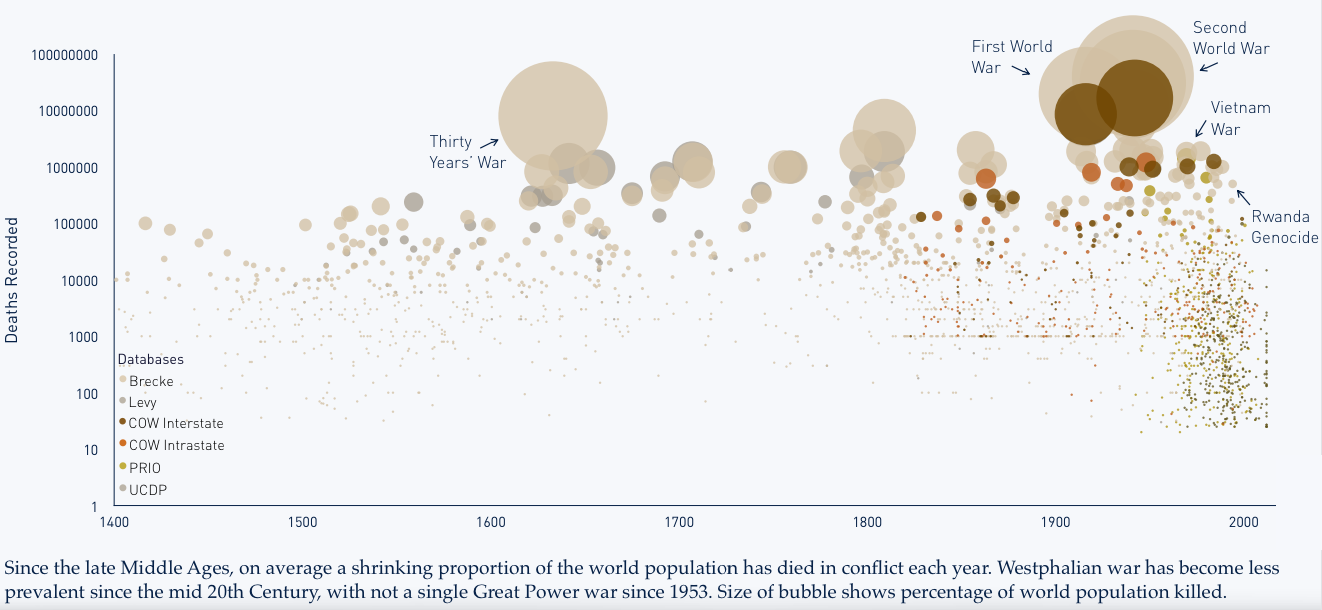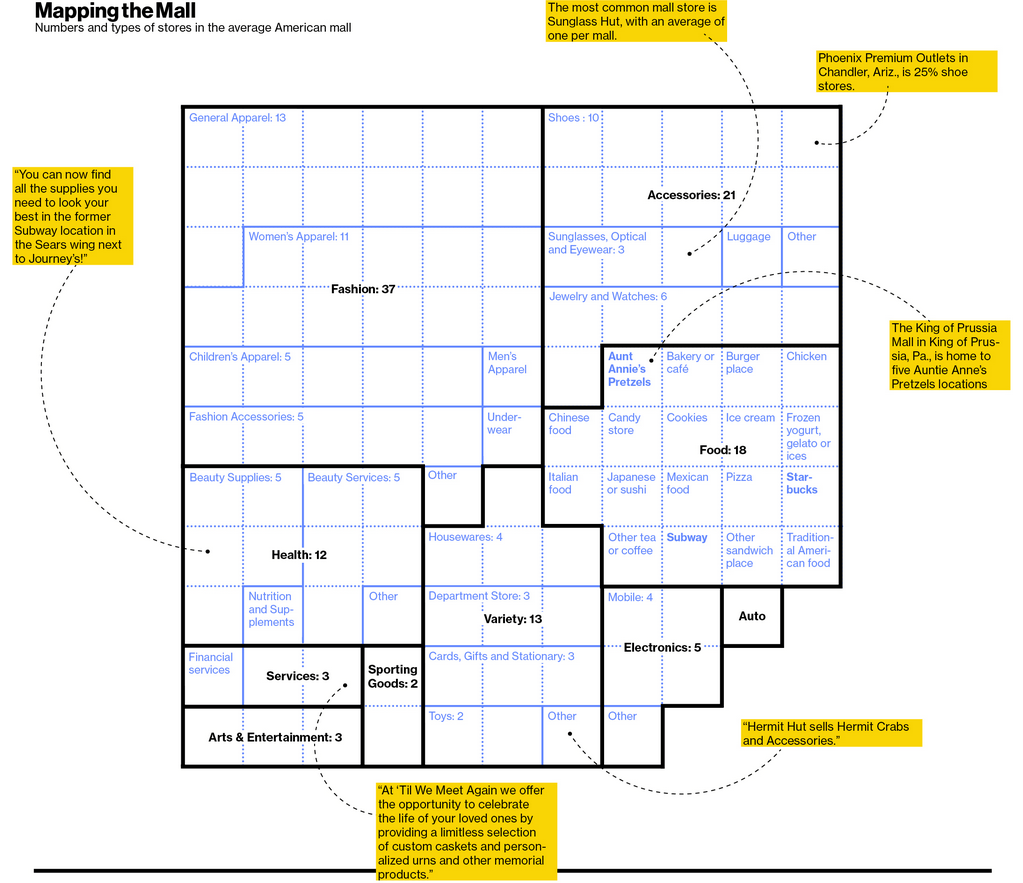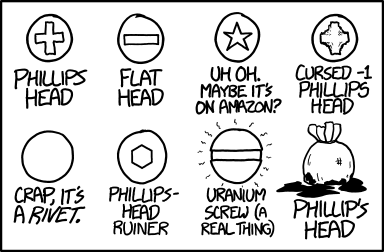This week we have been looking at baseball (and Leonard Nimoy’s Star Trek). Today, we are going to turn to a sport I know nothing about: American football video games. Okay, so video games are not really a sport, but they are based on a sport. The reason I bring it up? FiveThirtyEIght has a really nice two-article story on how the Madden game franchise uses ratings to build characters for the game.

The above graphic is an interactive part of the story that lets you compare yourself to the real sports people, as estimated by the video game company. The second article in the story then builds upon that by using a reporter as a basis to test/understand the ratings.
And pay attention to the sidebar content. It’s actually worth heeding for once.
Credit for the piece goes to Reuben Fischer-Baum.









